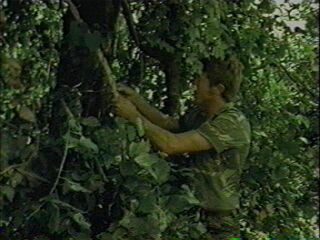Advertisement
Help Keep Boards Alive. Support us by going ad free today. See here: https://subscriptions.boards.ie/.
If we do not hit our goal we will be forced to close the site.
Current status: https://keepboardsalive.com/
Annual subs are best for most impact. If you are still undecided on going Ad Free - you can also donate using the Paypal Donate option. All contribution helps. Thank you.
If we do not hit our goal we will be forced to close the site.
Current status: https://keepboardsalive.com/
Annual subs are best for most impact. If you are still undecided on going Ad Free - you can also donate using the Paypal Donate option. All contribution helps. Thank you.
https://www.boards.ie/group/1878-subscribers-forum
Private Group for paid up members of Boards.ie. Join the club.
Private Group for paid up members of Boards.ie. Join the club.
Physical selection for various worldwide Military units
-
01-02-2008 10:48PM#1
Comments
-
-
-
-
-
-
Advertisement
-
-
-
-
-
-
Advertisement
-
-
-
-
-
-
-
-
-
-
-
Advertisement
-
-
-
-
-
-
-
-
-
-
Advertisement
-
Advertisement
 The relatively small Walter PPK was used by a backup weapon, often in a ankle-holster, or as a primary weapon for female operatives with especially small hands. With its magazine of 8 .22 rounds, the PPK lacked the stopping power of the Browning HP, but its concealability made it more suitable for use when wearing certain outfits.
The relatively small Walter PPK was used by a backup weapon, often in a ankle-holster, or as a primary weapon for female operatives with especially small hands. With its magazine of 8 .22 rounds, the PPK lacked the stopping power of the Browning HP, but its concealability made it more suitable for use when wearing certain outfits. The modified Q cars driven by 14 Company operators in Northern Ireland had many suprises hidden beneath their seemingly ordinary exteriors.
The modified Q cars driven by 14 Company operators in Northern Ireland had many suprises hidden beneath their seemingly ordinary exteriors.















